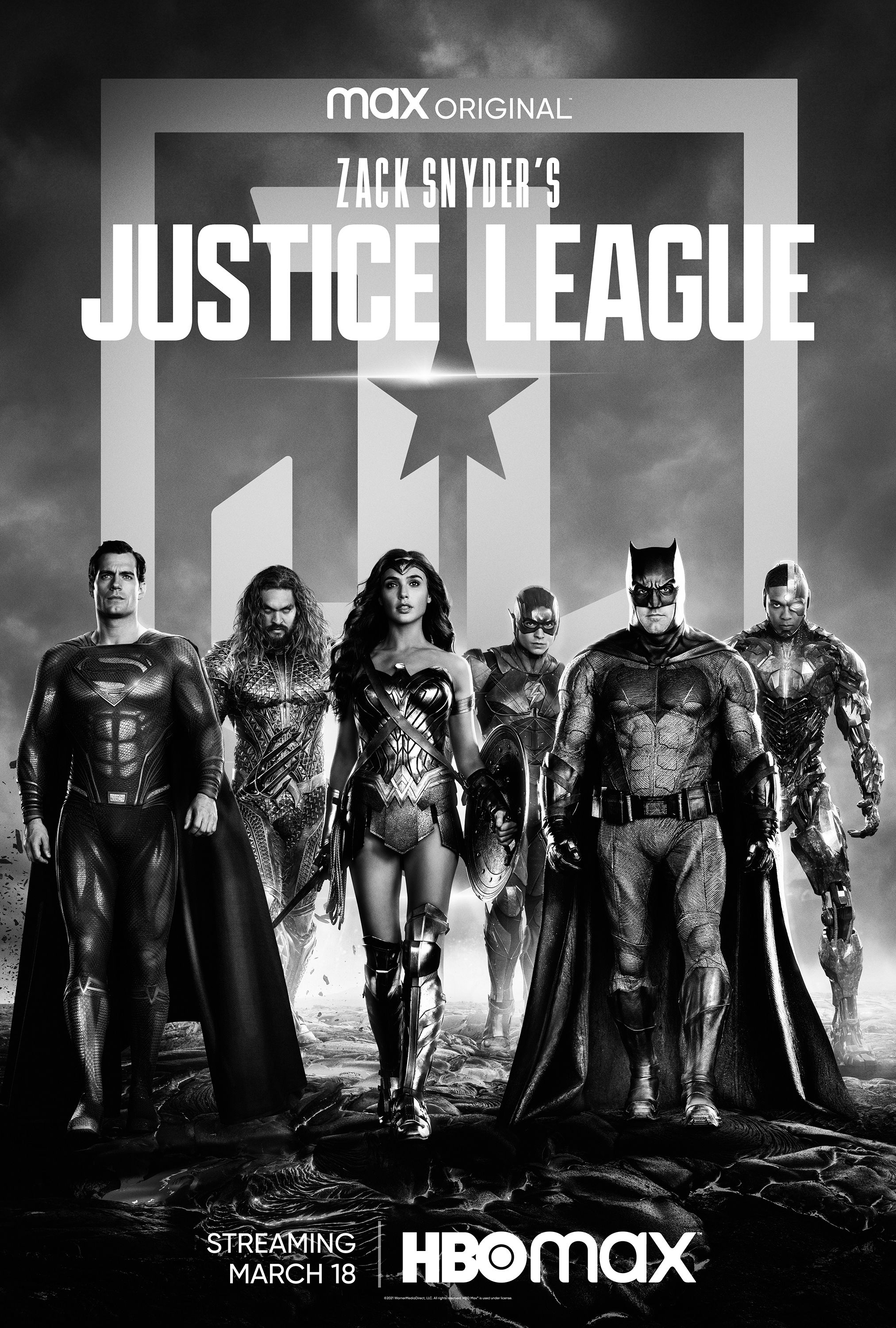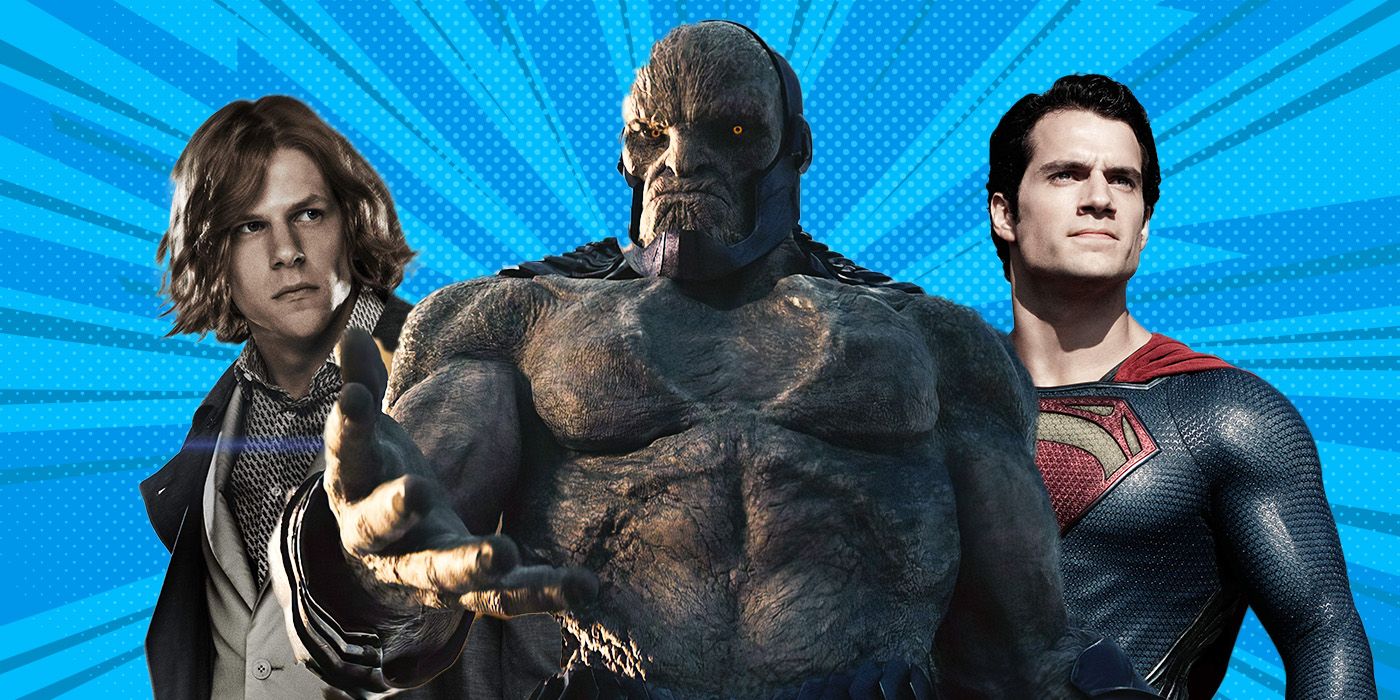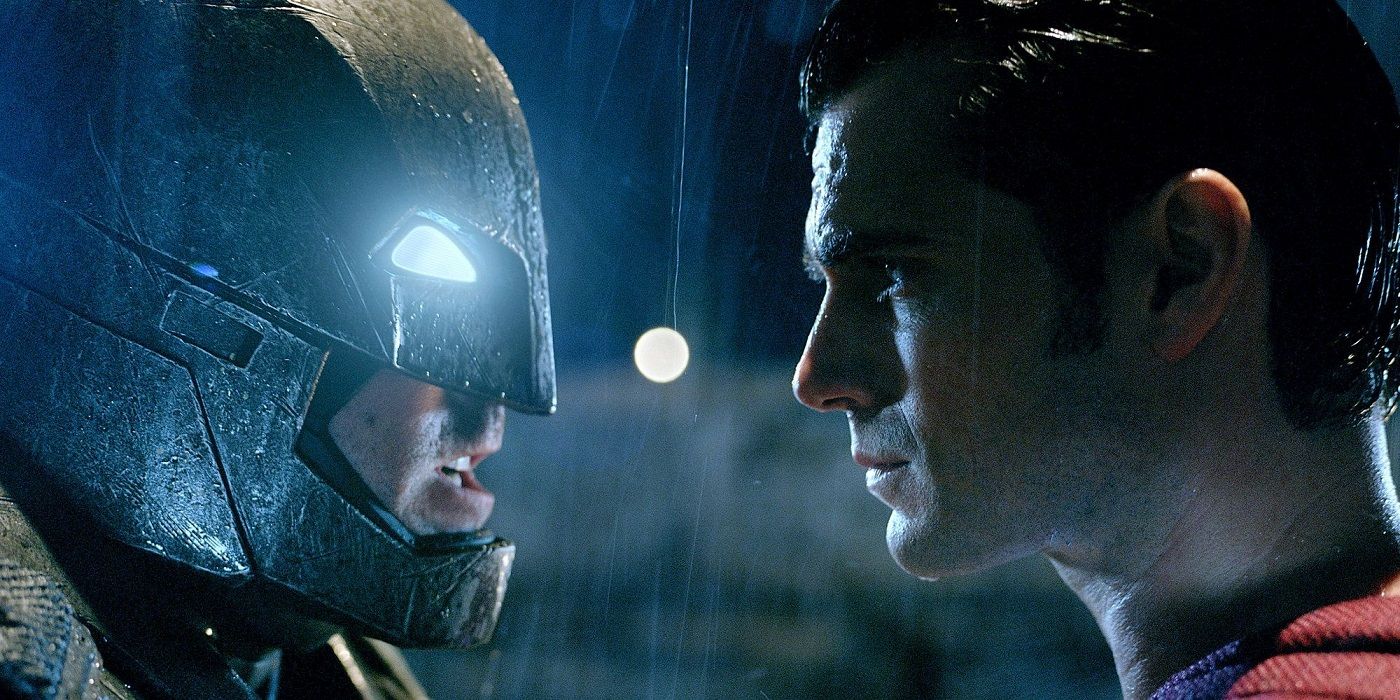The Big Picture
- Snyder’s portrayal of Batman as skeptical and distrustful of Superman makes sense given the character’s backstory and the events of
Man of Steel
. Batman’s transformation from seeing Superman as a threat to becoming his friend and ally is a powerful redemption arc. - Batman’s journey towards becoming a better hero is inspired by Superman’s example. Snyder’s Batman learns to understand and direct the power of the metahumans he leads, showcasing his complex understanding of the evolving world he lives in.
- Snyder references iconic Batman stories from the comics, such as
The Dark Knight Returns
and
A Death in the Family
, in his portrayal of Batman. He takes elements from these stories and forms something new, fitting Batman seamlessly into the larger DCEU world where he can go toe-to-toe with powerful adversaries and lead the Justice League.
With James Gunn‘s Superman soaring into theaters next summer, it’s fun to look back on what came before. Sure, the DC Extended Universe wasn’t perfect, but it was off to an interesting start with Zack Snyder‘s Man of Steel. From there, the franchise ballooned with Batman V Superman: Dawn of Justice, which introduced us to the generally underrated Ben Affleck incarnation of the Dark Knight, who ended up being a lot more like the comic book character than any of us thought he might be. While Snyder has moved on from his DC Comics adaptations with his multipart Rebel Moon saga over at Netflix, his version of, and in particular Affleck’s portrayal of, Batman, sticks with us even now as we wait for the latest Robert Pattinson sequel and Gunn’s upcoming DC Universe reboot version. Despite all the naysayers out there, Zack Snyder understood that Batman sometimes works best within the context of a bigger universe, and he certainly delivered on that front.

Zack Snyder’s Justice League
Determined to ensure that Superman’s ultimate sacrifice wasn’t in vain, Bruce Wayne recruits a team of metahumans to protect the world from an approaching threat of catastrophic proportions.
- Release Date
- March 18, 2021
- Director
- Zack Snyder
- Runtime
- 242 minutes
The DCEU Batman’s Reaction to Superman Makes Sense
A common criticism of Zack Snyder’s interpretation of Batman was that the character philosophically sides with Lex Luthor (Jesse Eisenberg) after the events of Man of Steel before eventually coming around and seeing Superman (Henry Cavill) as a friend and ally rather than a threat. Longtime DC Comics fans awaited a live-action partnership between the Dark Knight and the Man of Steel since the earliest days of the World’s Finest team-up, and many were undoubtedly disappointed that the pair were on opposite sides of the crimefighting coin for the majority of Batman v Superman: Dawn of Justice. But Snyder was onto something here; it just took a few hours for it all to fall into place.
The truth of the matter is that Batman is a skeptical character. Trust isn’t something that comes easy to him, even concerning his closest friends and allies. Hardened by the loss of his parents and the countless other personal tragedies resulting from his crusade against crime, the first time Bruce Wayne saw god-like creatures nearly decimate Metropolis, it’s understandable that he would see Superman as a threat, even if he ultimately saved the world from General Zod (Michael Shannon). Bruce trained harder, attained some Kryptonite, and built an arsenal and mech-suit with the sole purpose of stopping Superman once and for all, knowing that he was outmatched at every turn. Considering the way Lex Luthor manipulated and played upon his own failures, it’s not surprising (or even out of character) that Batman would become more violent in his quest to defend the world, misguided as it may be. There are plenty of comic book examples that show this to be true.
But what makes even more sense concerning Snyder’s depiction of the Caped Crusader in Batman v Superman is that Superman eventually inspires Bruce to become a better hero. This sort of inspiration has happened countless times throughout the character’s comic book history as well, with many Batman and Superman team-ups emphasizing how much the Man of Steel inspires the Dark Knight to be better. Stories like Superman/Batman: Public Enemies, Batman: Noel, and the Rebirth-era Justice League series (to name only a small few) all highlight this very notion, and likewise, Snyder ends Dawn of Justice the same way. No wonder the movie had two titles, as each of them reflects an opposing stage of the dynamic between Batman and Superman.
Batman’s Path to Heroism Takes Some Time in Zack Snyder’s DCEU
Even in comics where Batman is distrustful of Superman at the start (such as Jon Byrne‘s iconic The Man of Steel miniseries which Snyder’s take on Superman often pulls from), they eventually come to a mutual understanding that foreshadows their future friendship. This is also true in the DCEU, and by the time Batman and the Justice League resurrect Superman, the pair have become more than just allies, but friends (Bruce even buys back a local Smallville bank to make sure Clark’s mother doesn’t lose her home). It’s that sort of redemption arc, that journey away from brooding loner to inspiring leader, that can only happen in the DCEU because of Superman. Snyder knew this, and he was willing to see Batman’s multi-film character arc through.
No, not every interpretation of Batman is inspired by Superman to be a better hero, but considering Batman was only created after the success of Superman in the late 1930s, the end of Batman v Superman serves as a clever nod to how one character’s heroism led to another’s. The entirety of Zack Snyder’s Justice League emphasizes how Ben Affleck’s Batman has taken what he’s learned from Superman’s example and put it to good use. Like most comic book depictions of Batman (and even some animated ones, such as the DC Animated Universe version voiced by Kevin Conroy), the DCEU Dark Knight takes a particular interest in leading, funding, and supporting a team of metahuman superheroes, all of whom are more powerful than himself.
Rather than being threatened by these god-like beings, Bruce learns to understand their power and direct it. Moments like the League’s first battle with Steppenwolf (Ciarán Hinds), where he inspires the Flash (Ezra Miller) into action, or when the League brings Superman back from the grave later on reveal Batman’s complex understanding of the evolving world around him. Batman is quick on his feet, and Affleck’s interpretation might be the quickest of all given what he’s pitted against. Not unlike Batman in the famed comic book story JLA: Tower of Babel, Affleck’s Bruce learns everything he can about his superhero contemporaries beforehand (seen in Suicide Squad), which is one of the most Batman-like things he could do. Snyder understands this clearly about the character, even if other filmmakers haven’t had the chance to see it themselves.

Zack Snyder’s Complicated DCEU Plans Included Superman’s Son and a Lex Luthor-Riddler Team Up
Reverse Flash and a new Batman were also in the works.
Zack Snyder’s Batman Pulls From the Original DC Comics
Many of the best live-action Batman stories invoke material from the original comic books. The Dark Knight echoes stories such as The Long Halloween, while The Batman plays with Batman: Year One and Batman: Ego. It’s only natural then that Zack Snyder’s Batman would reflect stories such as Frank Miller‘s The Dark Knight Returns, which pits Batman against Superman for a time, or A Death in the Family, which focuses on Batman’s grief following the death of the second Robin. Ironically, in the case of the latter, it’s Superman who ultimately shows up to help Batman work through his grief, just like in the DCEU, though on-screen it looks a little different.
Instead of directly adapting any one comic book (like The Flash attempted to do with Flashpoint), Snyder took from his favorite Batman stories and pulled them together to form something new. By the time Justice League rolled around (Snyder’s version, not the bad one), Batman was taking cues from the character’s portrayals in books like the original Justice League International series, Grant Morrison‘s iconic JLA run, and The New 52 Justice League book by Geoff Johns, working hard to save the world despite all odds. The way that Batman commands respect from his enemies and his peers alike, including a budding friendship with Wonder Woman (Gal Gadot), reminded us of the character we knew from the Justice League animated series, albeit with a more mature tint.
Admittedly, it takes the DCEU Batman a little while to stop killing compared to most comic book depictions. Sure, some of the earliest Batman stories (and a few others since) have made Batman not only judge and jury but also executioner, but that’s not the norm for the character. But by the time Justice League hit theaters, inspired by the deceased Man of Steel and his example, Bruce doesn’t kill his enemies going forward –– at least those that aren’t mindless alien husks, that is –– showing that the character has taken steps to reform himself. Again, sometimes character development takes time, and in the case of Batman (who has largely remained unchanged for 80-plus years), any development at all is a win, especially when he becomes more heroic over time rather than less (looking at you, Frank Miller).
Ben Affleck’s Batman Deserved Better
Probably the most convincing thing about Zack Snyder’s take on Batman is how well he fits into a larger DC-inspired world. Here we see Batman go toe-to-toe with the likes of Superman, Doomsday, and Steppenwolf. He talks with the Flash about time travel like it’s no big deal and isn’t phased in the slightest by the Martian Manhunter (Harry Lennix) reveal at the end of the infamous “Snydercut.” That’s not even to mention the Knightmare sequences, in which a post-apocalyptic Batman deals with a renegade Superman and leads a misfit band of heroes and villains. No doubt, Zack Snyder envisioned Batman as a driving force in the DCEU, one who isn’t afraid to tackle any super-powered situation.
When you compare Ben Affleck’s Batman to that of Christian Bale or Robert Pattinson, there’s a clear disconnect. Affleck feels like he belongs in a world alongside metahumans, aliens, and gods, while the other two exist in very specific interpretations of Gotham City that emphasize realism. Even George Clooney‘s Batman, despite existing in a world that gives way to superpowered criminals, would feel out of place in the hyper-stylized and philosophical world that Snyder created. But Affleck’s Batman fits the mold perfectly, crafted as a Dark Knight who could exist alone in Gotham City (seen briefly in Suicide Squad) or alongside the Justice League as they save the world from an intergalactic tyrant.
The only other Batman who casually exists now in a world like the DCEU is Michael Keaton‘s version, who returned to the screen in The Flash. The problem is that, despite being the DCEU, The Flash itself feels nothing like Zack Snyder’s installments from Man of Steel to Justice League. Even when you consider that they technically take place in the same universe, Keaton feels tired and out of place compared to Affleck’s Dark Knight, even in a movie that’s supposed to emphasize his triumphant return. The DCEU may be officially over, and both Zack Snyder and Ben Affleck seem to have moved on, but this interpretation of Batman remains, at this point in time, a strong and underappreciated live-action depiction of the iconic hero who’s ready to tackle a world much bigger than himself. If only Ben Affleck had gotten to direct his own gritty Batman movie.
Zack Snyder’s Justice League is available to watch on Max in the U.S.


